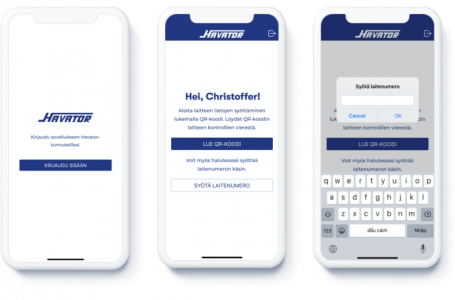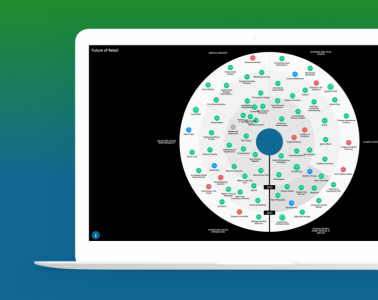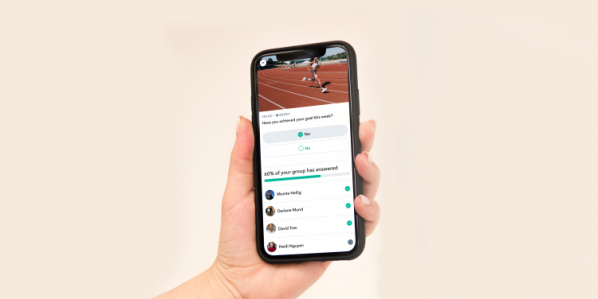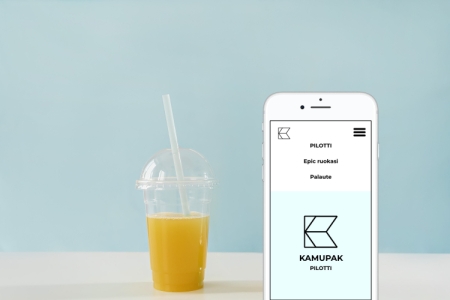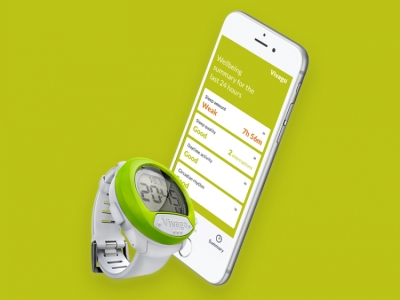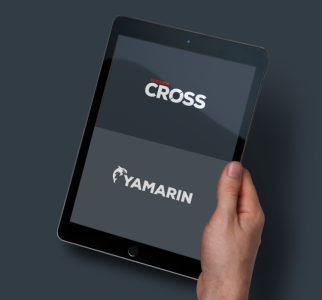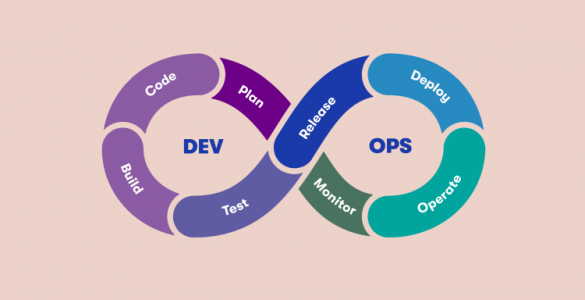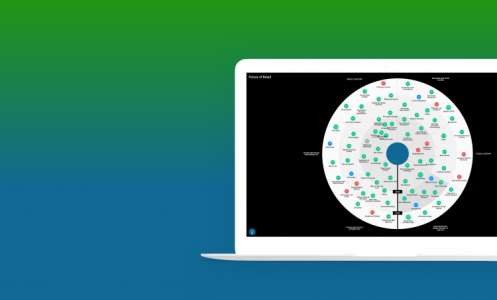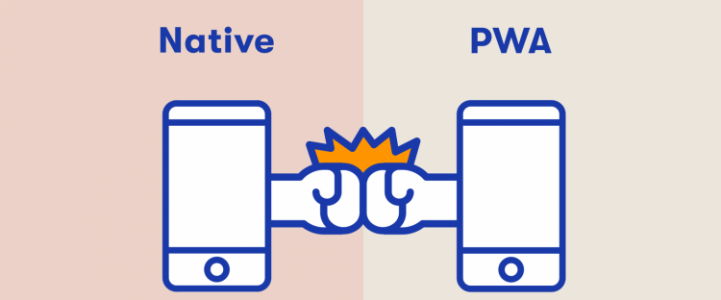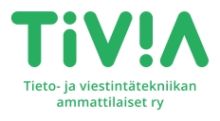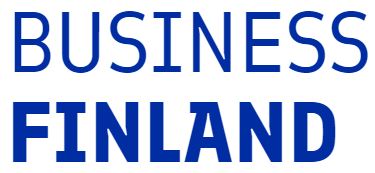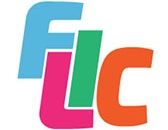Why your startup shouldn't create an app - just yet

![]() The case for why startups should focus on the user instead of the technology.
The case for why startups should focus on the user instead of the technology.
You’ve got a killer idea. You see a market for it - certainly users will love it as much as you do. You want to turn your idea into an app. Now, before you do anything, especially if it involves a heavy investment in technology, stop right there for a minute. Forget about the app - what is it that your users really need?
It’s a commonly stated fact that 9 out of 10 startups fail. One of the top reasons for failure is that they build products that no one actually wants. In other words, they invest in building solutions that users don’t need or aren’t willing to pay for. An app can cost anything between tens to hundreds of thousands to make. Investing that into building something that nobody will ever use is a sure way to send your business to wherever it is those-businesses-that-we-never-heard-of-again go.
How do you make sure that’s not where you end up? This is where the magical term product-market-fit comes to play. You may think you need to create an app, but what you really need to create is a solution to a user’s problem - one that they are willing to pay for (or that has another kind of revenue-model). What’s more, thinking that you know what users need is not enough if you haven’t validated your thoughts by talking to actual, real users.
Did you know that Airbnb launched and relaunched 5 times before anyone knew about it? Airbnb started out thinking they need to provide airbeds for conference guests. It took them a number of years of trying out different approaches (they even sold cereal to cover costs) Eventually they found the right product market fit that took them to becoming the 30BN dollar company they are today.
Know the problem you’re solving
So how do you know what the solution should be? Or, what the user’s problem really even is? Well, most likely you have a hunch of the problem.
In Service Design we use methods like user research to gain in-depth knowledge of real users’ problems. Service Design is about finding a fit between business goals and user needs and gaining an understanding of the audience and market before starting a digital development project. After all, this is simply due diligence when you need to ensure that you’re making a valid investment in building technology.
User Research can bring about important insights about the problem you’re solving. You might even find another problem that users have that you can solve - one that’s even more pressing than the first.
Digital Strategy and Service Design workshops can be helpful in innovating product or service ideas to address that need. This is about discovering what the solution may be. Maybe it is an app. Maybe it’s something entirely different.
Validating your idea with a POC or prototype
As a result of Strategy and Service Design work, you have a product or service idea clear in your mind. Start building it? Still, no. First, you need to get testing. Validate your service idea. Does it actually solve the problem? Will users even use it? Will they pay for it?
Validating an idea usually involves building a POC or prototype. That’s not to be confused with an MVP. A POC or prototype is a much lighter project, one that is intended to validate the idea with real users and justify the investment to build the MVP. A POC or prototype is not a ready product, but it’s something that does the job, basically answering the question – if this were a real product, would it work?
POC can be something as simple as an excel sheet or a static web page. In any form, it should allow real users to actually use your proposed product or service, to see it and feel it and answer, does it solve their problem?
Finding a product-market-fit may involve pivoting and adjusting your strategy, which can be painful. But the sooner you test and fail, the sooner you can succeed. The important thing is to make sure any investment you put into product development goes into doing the right things. How to make sure of that? Get testing with users and get real market feedback, asap!
Creating an MVP that drives growth
Let’s say your prototyping or POC has validated that an app is indeed what you need to start building. The next question is how do we get there.
In a startup’s early stages, any heavy development project is a huge risk. What’s more, you need to have the sales or investment funding to back it up. In the beginning, this is often not yet the case. This is why it often it makes more sense to start with a lighter development project to enter the market quickly. This can be done for example with a Progressive Web Application (Read more in Finnish about the difference between Native App and PWA here). What is the lightest way to build a product or service that users need, and get that out to the market fast?
Having a product or service in the market that users are already using (and loving!) will help land those crucial first clients and investors. It’s all about your goals - what is it that our potential clients and investors are looking for right now - and how can we get there quickly? This is where the product development roadmap plays a huge role.
The product development roadmap lays out the targets and milestones throughout the next stages of your product development – stating what features you need to build and when, what expertise you need to hire, what kind of budgets you should expect to put in. Each new feature in the roadmap should serve a goal – removing any barriers and enabling growth.
Design as a competitive edge
What made the difference in Airbnb’s case to make it eventually take off? A flexible strategy and user-centered design. As skilled designers, the founders could pivot their strategy and design solutions that better fit the needs of users until they found the product-market-fit. Moreover, their design expertise allowed them to design the entire service experience to overcome obstacles, like building trust between strangers.
At the end of the day, it’s the skills and the perseverance of the team that really makes or breaks the game.
Need to superpower your team’s expertise in digital strategy, design or product development? Hire us to complement your founding team exactly where it’s needed. Read more about our Services.
Got an innovative business idea? Did you know you can apply for a 5000€ (+VAT) innovation voucher from Business Finland to help validate your idea? That means we do 5k of work free of charge for you. Get in touch to know more about our innovation voucher packages.
 Sangre - Asiantuntijat ja yhteyshenkilöt
Sangre - Asiantuntijat ja yhteyshenkilöt
 Sangre - Muita referenssejä
Sangre - Muita referenssejä
 Sangre - Muita bloggauksia
Sangre - Muita bloggauksia
It- ja ohjelmistoalan työpaikat
- Laura - Cybersecurity Compliance Lead
- Efima Oyj - Senior Data Engineer
- Laura - Tietosuojasuunnittelija: tiedonhallinta- ja tietosuojayksikkö; Joensuu; määräaikainen (id8753)
- Nordea - Sr IT Analyst - Adobe/SAS Marketing Automation
- Laura - Master Data Manager
- Laura - Kokenut datainsinööri / Senior Data Engineer
- Laura - Kehityspäällikkö, Digital Front Office Platform
Premium-asiakkaiden viimeisimmät referenssit
- Roidu Oy - Eloisa - työntekijäkokemuksen kehittäminen osa toimintaa ja strategiaa
- Roidu Oy - Eerikkilä sai kerättyä palautetta erityisesti lapsilta ja nuorilta Roidun avulla
- Roidu Oy - Pohjanmaan hyvinvointialue tavoittelee Pohjoismaiden huippua asiakas- ja potilasturvallisuudessa
- Roidu Oy - Esperi Caren asiakaskokemuksen mittaaminen vietiin uudelle tasolle
- Virnex Group Oy - Palvelu asumisturvallisuuden parantamiseen
- Lekab Communication Systems Oy - Lekab Communication Systems Oy voitti Kansaneläkelaitoksen kilpailutuksen ohjelmistorobotiikan alustaratkaisusta
- Verkkovaraani Oy - Google Ads -konsultaatio Nordic Progressille
Tapahtumat & webinaarit
- 30.04.2024 - Ilmainen CRM-webinaari: Microsoft Dynamics Sales: Integroinnit CRM-ratkaisun kanssa
- 07.05.2024 - Koulutus: Tekoäly markkinoijan työkaluna
- 07.05.2024 - Ilmainen CRM-webinaari: Microsoft Dynamics Sales | Sisäänrakennetun BI-moduulin käyttö toimintojen suunnitteluun ja tulosraportointiin
- 07.05.2024 - Aamiaisseminaari: Kehitä ohjelmistoja tehokkaammin tekoälyllä
- 14.05.2024 - Rakettiwebinaari: Koodista kassavirtaan
- 16.05.2024 - Five Years Out Helsinki
- 21.05.2024 - The path to productization
Premium-asiakkaiden viimeisimmät bloggaukset
- Rakettitiede Oy - Kaksi yrityskulttuuria, yksi konsultti
- Zone Media Oy - Zone blogissa joka viikko uusi blogijuttu
- Zone Media Oy - Zone+:n hyödyllisiä ominaisuuksia: WordPressin staging-ympäristö
- Zone Media Oy - Zone+ WordPress Assistant: kuinka luoda verkkosivusto sekunneissa tekoälyn avulla
- Kamu Digital Oy - Koulutus: Tekoäly markkinoijan työkaluna
- Kamu Digital Oy - Tekoäly markkinoinnissa
- Kamu Digital Oy - Vinkit tekoälyn promtaamiseen eli kehotemuotoiluun

|
Digitalisaatio & innovaatiot blogimediaBlogimediamme käsittelee tulevaisuuden liiketoimintaa, digitaalisia innovaatioita ja internet-ajan ilmiöitä |































